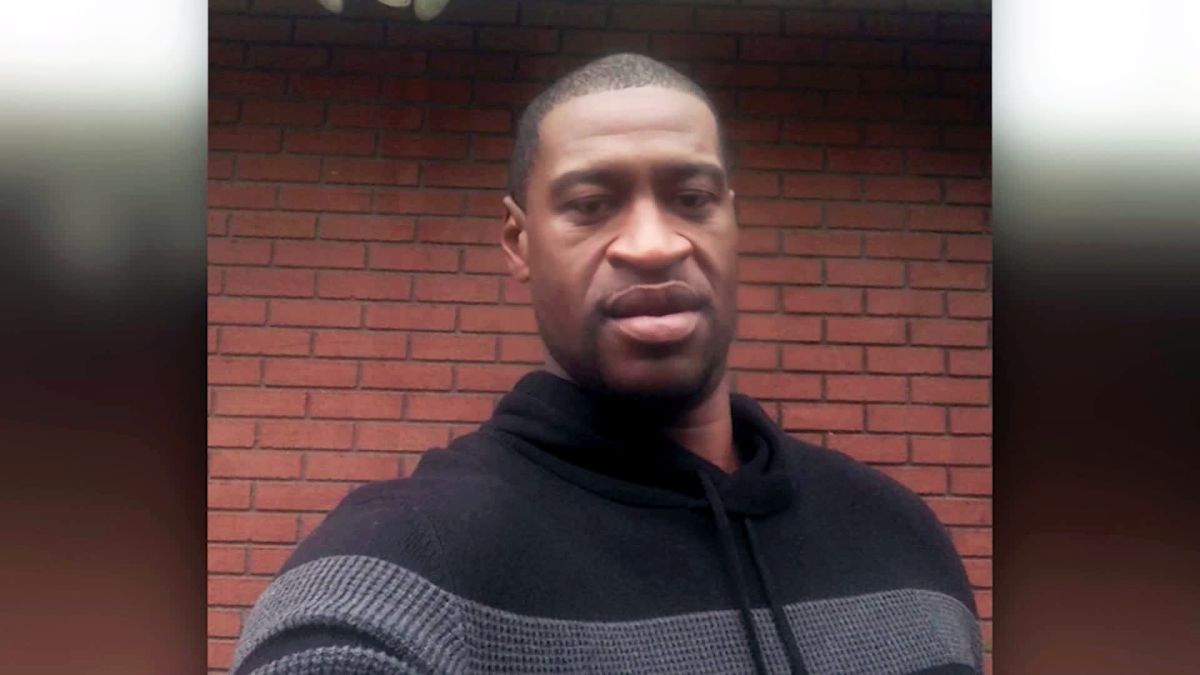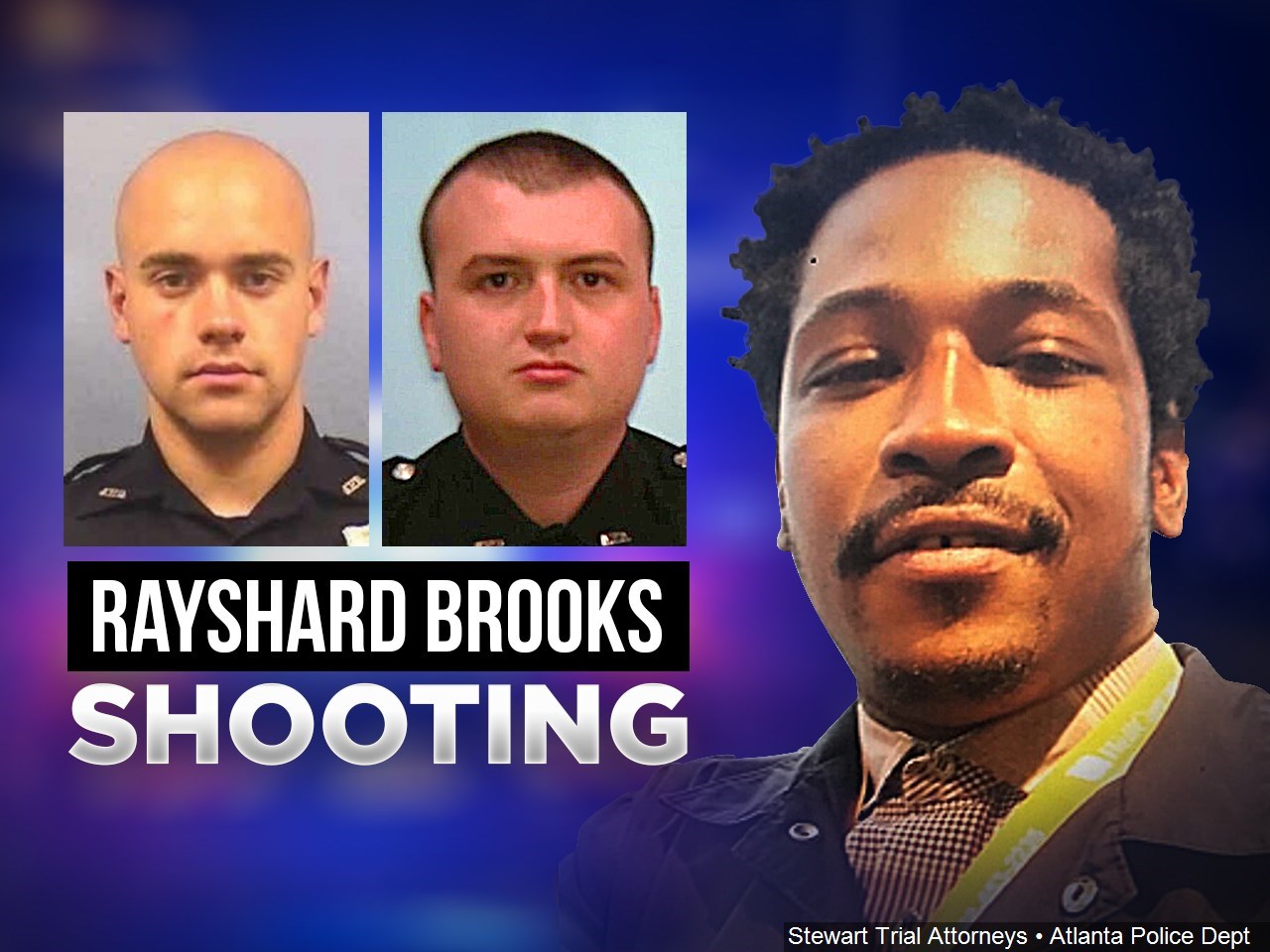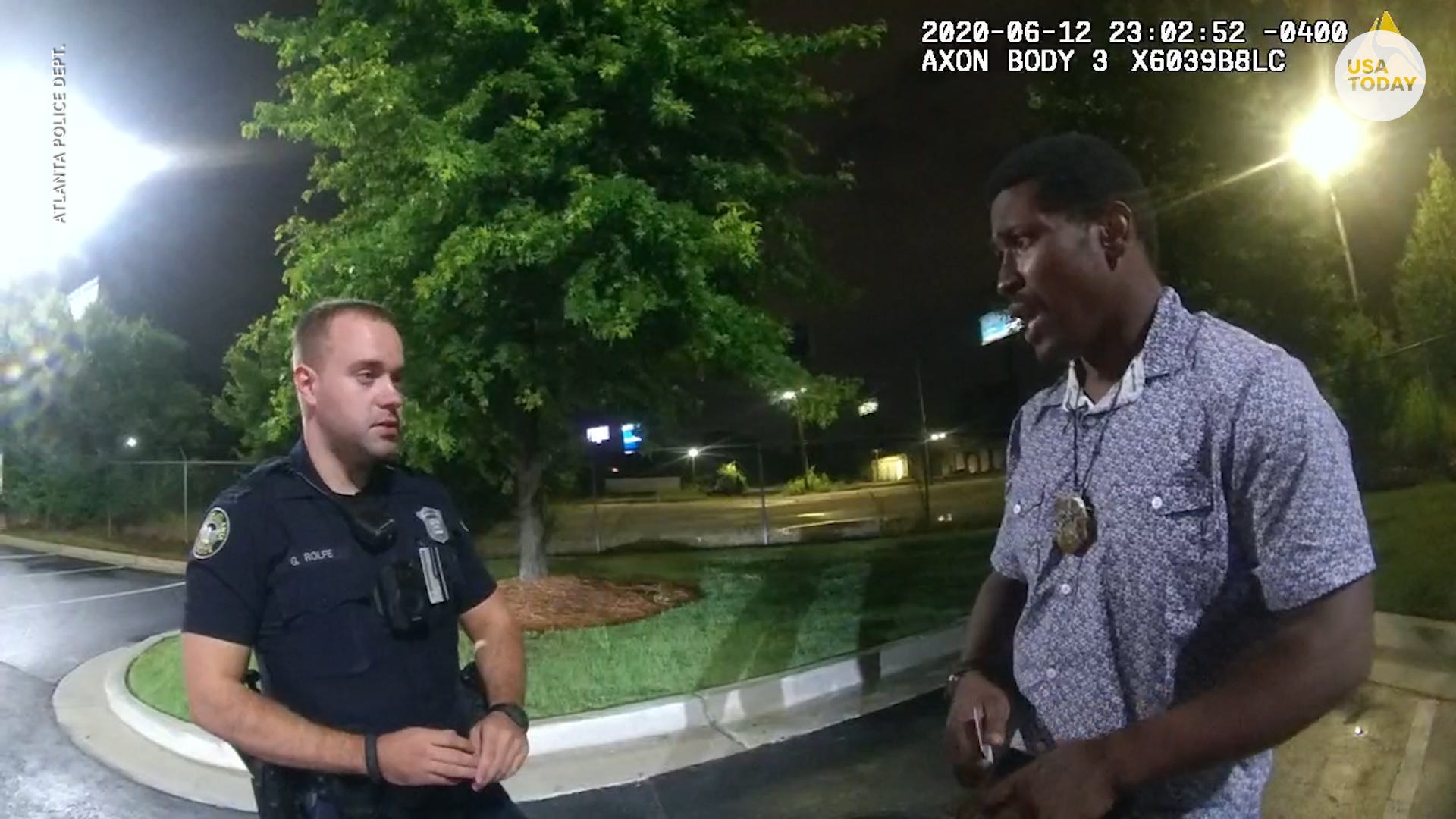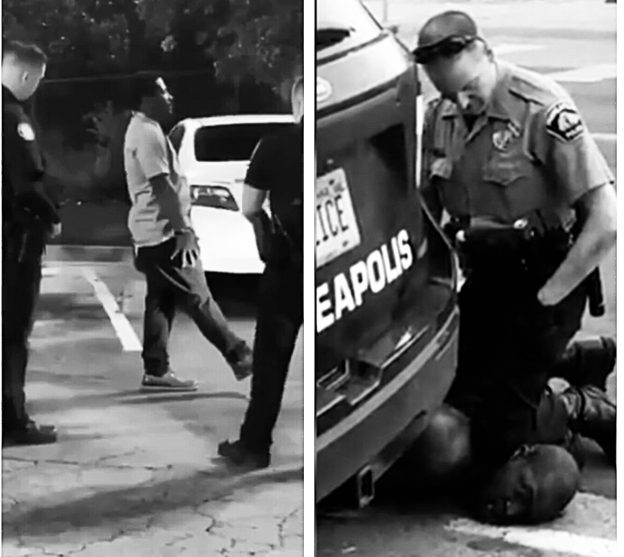It’s tempting to see the murder of Rayshard Brooks through the prism of the murder of George Floyd.
Each are officially classified as police homicides; both Derek Chauvin, the officer in the Floyd death, and Garrett Rolfe, the officer in the Brooks death, face felony murder charges and prison time. Both officers were fired from the job. The victims are black, the cops, white. Both leave us examining how we view race, how we train police, and how police absorb that training.
But it’s equally important to look at the differences in the deaths, because they are stark. From the details of the deaths to the cultural questions they raise, this much is clear: Floyd’s death appears black and white, literally and figuratively. Brooks’ death is far murkier.
The New York Times did a fantastic analysis of the Brooks slaying, and it should be read as urgently as the viral videos should be seen. The Times synced footage from police body cams, dash cams, witness cellphones and Wendy’s security cameras to capture the 27-minute exchange between Brooks and cops. The videos are time-stamped, allowing the Times to recreate a “tick-tock” narrative of the incident, down to the minute.
The first thing you notice is the apparent difference in behavior in the cases. Floyd is heard only gasping out a few faint, last words, including calling for his late mother and “I can’t breathe,” while Chauvin kneels on his neck, hands in pockets.
The exchange between Brooks and Atlanta PD is far calmer, bordering on friendly. Initially, Brooks and police appear to show a mutual respect. When asked if he’d be willing to take a Breathalyzer, Brooks says “I don’t want to refuse anything,” and offers to walk to his sister’s house nearby. “I can just go home,” Brooks says.
According to the Times, another officer, Devin Brosnan, at one point “appears to be unsure whether he should let Mr. Brooks sleep in the car or should take further action.”
Even when a struggle ensues between Brooks and police, Rolfe can be heard saying “Stop that. Stop fighting, stop fighting,” Brosnan can be heard shouting, “You’re going to get Tased.” Brooks responds “Mr. Rolfe, come on man. Mr. Rolfe.”
As Brooks struggles to wrest free of the men, police use the Taser stun gun once on him. Brooks wrenches the Taser off officer Brosnan and takes off with Rolfe in pursuit. Brooks fires the Taser and misses. Rolfe drops the Taser, pulls out his gun and shoots Brooks three times in the back. Brooks dies 14 minutes later.
This is by no means a rationalization or endorsement of that police behavior. Rolfe’s instinct — presumably from adequate training — should have been to not draw down on a fleeing suspect armed with only a non-lethal weapon. 
But analysts and protesters appear outraged that Rolfe pulled his gun in the first place.
This is the larger societal question.
Imagine someone you were in a serious fistfight with pulled a knife. You happened to have the exact same knife on your belt. But you also had a gun in your holster. Which would you pull? The one that evened the odds, or the one that put them in your favor?
If we are going to have a society with a police force, we are allowing them to exercise discipline at least a level above everyday citizens. If an officer is empowered to put another person in a jail cell, we tacitly endorse them have a “level up” in armament. If an officer is making a valid arrest of a lawbreaker, he or she must be permitted to level up in a struggle with a suspect. From fists to billy club, billy club to knife, knife to gun, gun to automatic, automatic to tank, etc.
Brooks had leveled up to a stun gun. Rolfe had been trained — in a basic behavioral way — to level up to his gun. My mom likened it to the iconic scene in Indiana Jones, when Harrison Ford dismissively shoots an opponent who grandly shows off his sword skills before the showdown.
This is not to diminish or defend the shooting. Rolfe’s instinct — even with his heart pounding and his pulse racing — had to be reluctance; perhaps the training we all demand of law enforcement should be a re-calibration of the term “last resort.” We may need to redefine the term for ourselves.
Regardless, a distinction should be made within the broad brush stroke of anger. If George Floyd’s death ends in a period, Rayshard Brooks’ death ends in a question mark.

